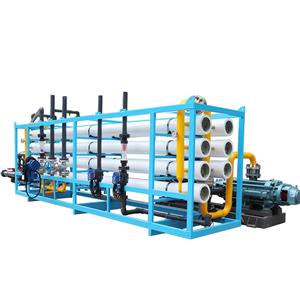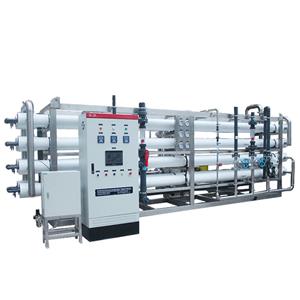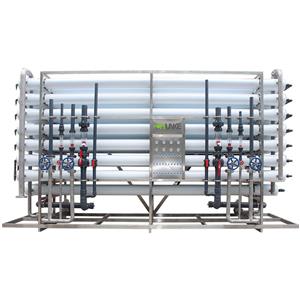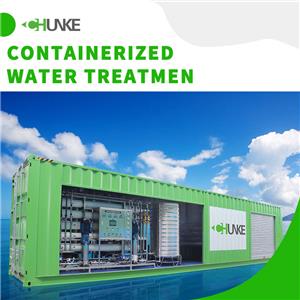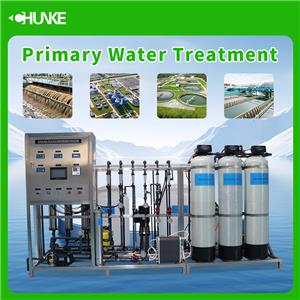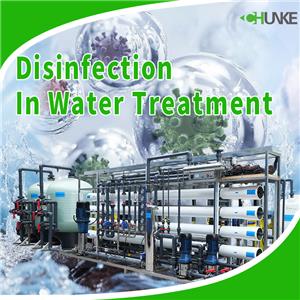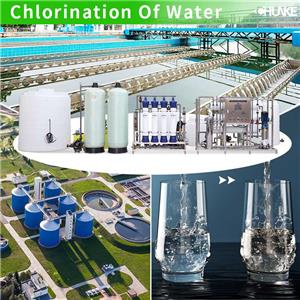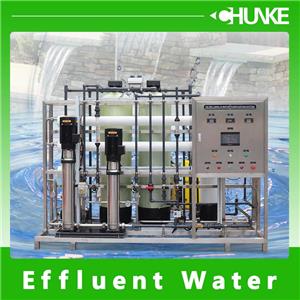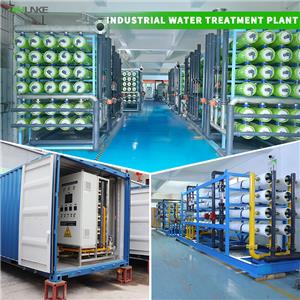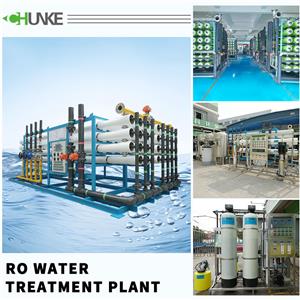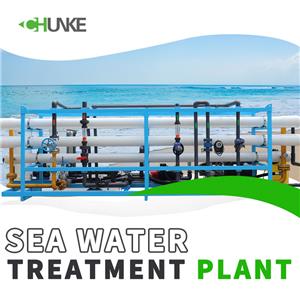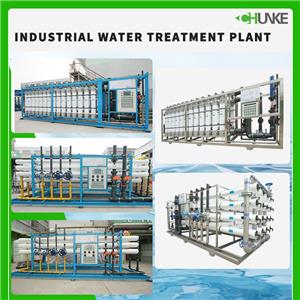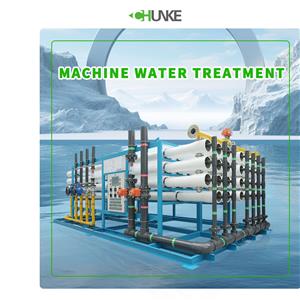-
05-21 2024
What is Containerized / Mobile Water Treatment Equipment?
A containerized/mobile water treatment plant is a portable water treatment system that is usually mounted on a container or trailer. It can be rapidly deployed wherever potable water is needed, such as disaster sites, rural areas or military bases. Its strength lies in its flexibility and portability. It can be transported by road, rail or air to where water is needed for quick installation and start-up.
-
05-17 2024
What is a primary water treatment system?
The primary water treatment system is the first process in the water treatment process. Its purpose is to remove large particle impurities and pollutants in the water, providing a good foundation for subsequent treatment processes. 5 main processes: 1. Screen filtration 2. Sedimentation tank 3. Adding flocculant 4. Filter 5. Adjust pH
-
05-16 2024
How many steps does disinfection in water treatment have?
5 key steps for disinfection in water treatment: 1. Preprocessing 2. Adding disinfectant 3. Reaction and contact time 4. Residual disinfection 5. Testing and Monitoring
-
05-15 2024
What is the process of chlorination of water?
The chlorination of water process refers to adding chlorine gas or other chlorides to water to make the water contain a certain concentration of chloride ions to achieve the purpose of disinfection and sterilization. In the chlorination of water process, commonly used chlorination agents include chlorine gas, sodium hypochlorite, chloramine, etc.
-
05-14 2024
What is the purpose of using effluent water?
The purpose of using effluent water: 1. Improve water resource utilization efficiency 2. Reduce pollution to natural water bodies 3. Reduce operating costs of effluent water treatment plants
-
05-10 2024
What is the role of an industrial water treatment plant?
The main function of industrial water treatment plants is to purify industrial wastewater and ensure that its discharge meets environmental protection standards, thereby reducing environmental pollution. Different types of industrial activities produce a wide variety of wastewater, including chemicals, heavy metals, organic matter, etc. Direct discharge of these wastewater without treatment will pose serious threats to water bodies, soil and biodiversity.
-
05-08 2024
What does a water treatment plant do?
The main task of a water treatment plant is to purify raw water so that it reaches safe drinking standards. Specifically, they purify water from rivers, lakes or groundwater through a series of physical, chemical and biological treatment processes.
-
05-03 2024
What is a sea water treatment plant?
A seawater treatment plant, also known as a desalination plant, is a facility that converts seawater into fresh water through desalination technology. Its main technologies include reverse osmosis (RO), multi-stage flash evaporation (MSF) and multi-effect distillation (MED). Reverse osmosis is currently the most common desalination technology. It uses high pressure to force seawater through a semi-permeable membrane, removing salt and other impurities, and ultimately obtaining pure fresh water.
-
05-03 2024
How do industrial water treatment plants work?
The operation of industrial water treatment plants is mainly divided into two basic stages: primary stage and secondary stage. First, in the primary stage, water treatment plants focus on removing solid particles and suspended solids from the water. Next is the secondary stage, which mainly uses biological treatment technology and uses microorganisms to decompose organic matter in the wastewater.
-
05-02 2024
What are the most common water treatment methods?
The most common water treatment methods include boiling, filtering, and using water treatment equipment. These methods are widely used worldwide to ensure the quality and safety of drinking water.

